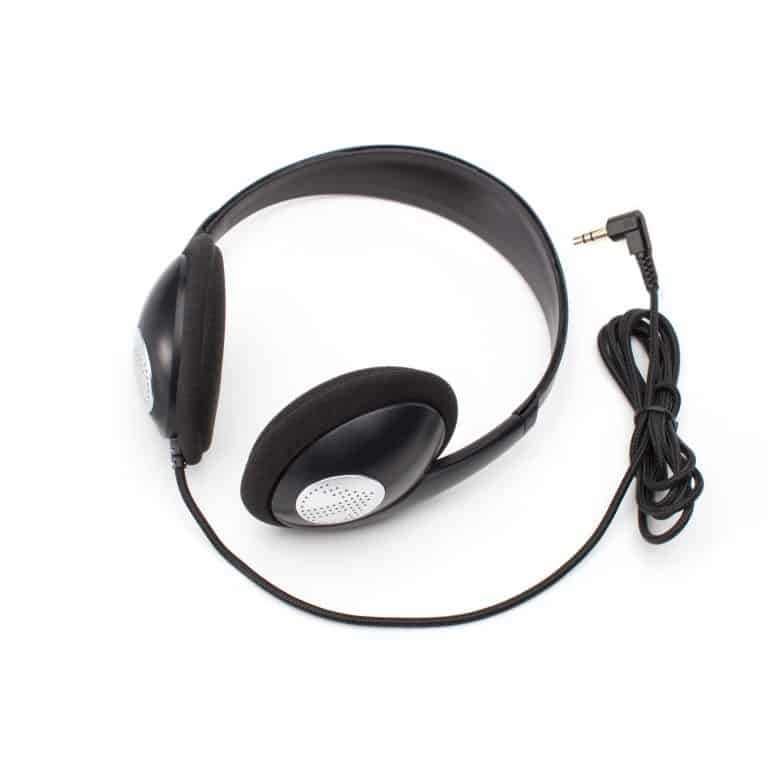Simultaneous interpretation equipment in Longueuil


Translation and Interpretation Systems and equipment in Longueuil

In this section, you will find general information about simultaneous interpretation equipment for end users in Longueuil.
What is simultaneous interpretation?
Simultaneous interpretation is more complex than simple translation and involves the use of wireless equipment at international conferences. Interpreters use this technique by interpreting inside a soundproof booth.
A brief history of simultaneous interpretation equipment
In the 1920’s, Edward Filene and Alan Gordon Finlay created a few drafts of equipment for simultaneous interpretation. At the time, they called their project the Filene-Finlay simultaneous translator. The concept was to read out previously translated texts before the conference.
During this time, not everyone could expect simultaneous interpretation to be possible.
Better simultaneous interpretation equipment was used at the Nuremberg trials. These models are more similar to the devices offered today in Longueuil.
Most of this equipment was perfected by the United Nations after the Second World War.
Simultaneous interpretation equipment today
More and more conference organizers are relying on simultaneous interpretation to ensure the smooth running of their conferences. There are many brands on the market to choose from.
However, not all equipment is of the same quality. It is therefore important to select the right simultaneous interpretation equipment. It is better to invest in expensive, high-end equipment than to go for the cheap models.
The choice of simultaneous interpreting equipment also depends on the supplier: it is advisable to choose a company that specializes in designing simultaneous interpreting equipment.
An agency that specializes in conference translation can either have its own equipment or work with a company that designs, manufactures and markets simultaneous interpretation equipment.
It is preferable to use the services and simultaneous interpretation equipment of a single company rather than spread yourself thin by choosing several specialized companies at once. This solution allows you to benefit from a certain homogeneity in the quality of the services and equipment.

What configurations of simultaneous interpretation equipment exist?
There are three kinds of possible configurations:
Permanent installations
This configuration has the particularity of being permanent. It is the ideal installation for large international conference organizers such as the United Nations or the European Parliament.
Permanent installations consist of a small booth with a door, a chair and all the necessary interpretation and broadcasting equipment. They offer some comfort to the interpreters, but lack mobility.
Portable/mobile configurations
This type of installation is best suited for certain establishments such as hotels and tourist locations. This portable configuration is characterized by its booths that can be easily transported from one location to another before the conference.
The booths can accommodate 2 or more interpreters per language. They are therefore suitable for large conferences, where 3 interpreters per language are required.
These mobile booths share certain features, such as ventilation and lighting, with the fixed installations. Their main difference is their mobility.
Whispering equipment
These portable interpreter kits consist of a portable transmitter and wireless receiver. They are designed for visitors, frequent travelers and tour guides. However, whispering equipment is not suitable for conferences that take place in one room.

What equipment is inside the simultaneous interpretation booth?
Simultaneous interpretation console
This is a type of electronic box with audio and voice connections. It can be used by several interpreters at the same time, provided that each interpreter has his or her own headphones and microphones.
There are also several switches in the interpreting console. These switches allow you to switch between languages, adjust the headset volume, change the bass and treble and switch off the conference microphone for a few seconds.
Interpreter’s headset
The headset is unique to each interpreter. Most interpreters travel with their own headsets, as they are mobile, easy to carry and provide good voice reproduction for simultaneous interpretation.
In order for the interpreter to hear the original speech clearly with both ears, the headset must be binaural.
Interpreter microphone
The interpreter microphone has 3 main options:
- The microphone integrated in the headset: This option is practical and allows the interpreter to speak and move without the microphone moving.
- The console microphone: Less convenient, but with the option of inserting the microphone into a connector for ease of use.
- Stand-alone tabletop microphone: This type of microphone is attached to the lectern and connected to the console by a cable. This is the least practical of all options, since it limits the performer’s movements.
- For those looking for a more secure and practical microphone, the headset microphone is the best option.
Wireless receivers for delegating
When the speakers at the conference speak, their speech is transmitted to the interpreters’ headsets. The interpreters interpret the speech simultaneously and the interpretation reaches the delegates’ headsets through the interpreting equipment system receiver.
Are there standards for simultaneous interpretation equipment?
Yes, there are various standards for simultaneous interpretation equipment. For example, there is the ISO 2603 standard for integrated installations, as well as the ISO 4043 standard for mobile equipment. Other standards, such as ASTM F2089 for language interpretation services and ISO/FDIS 20109 for simultaneous interpretation and equipment requirements, are also included in the list.
Who is the best manufacturer of simultaneous interpretation equipment?
There are many manufacturers of simultaneous interpretation equipment, but some brands stand out from the rest because of the quality of their equipment. For example, Bosch is a world-renowned brand in the design and manufacture of various equipment. Its interpreting consoles are efficient and comply with current standards in terms of user experience and sound quality.
End-users are well advised to select high-end simultaneous interpretation equipment in order to benefit from listening and interpreting tailored to their needs. The audio equipment should be of professional quality and operated by highly trained technicians.

